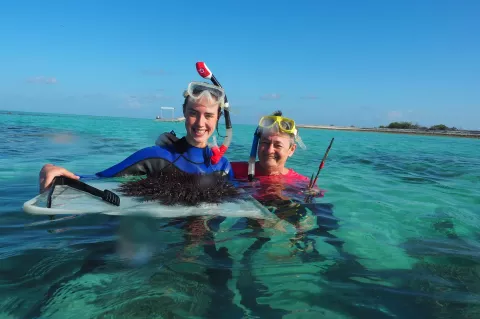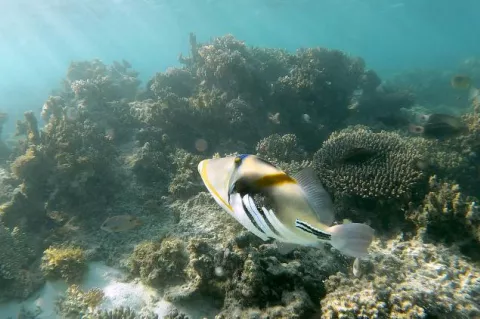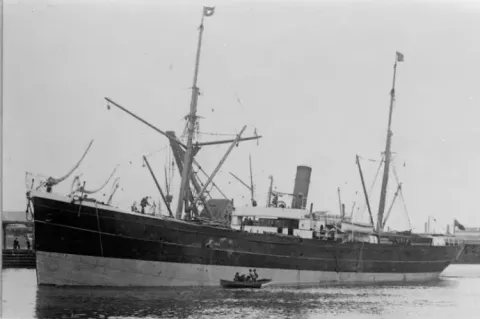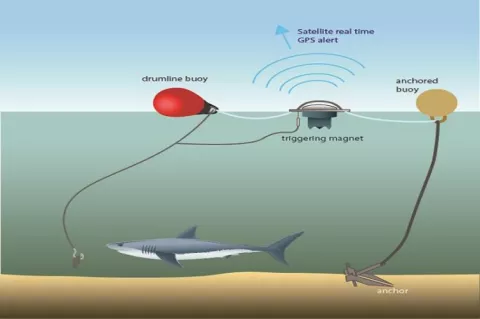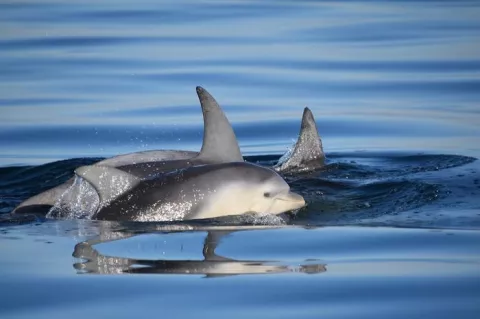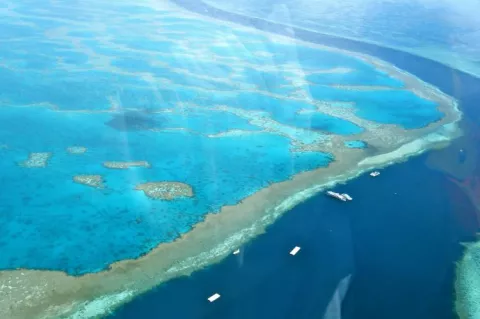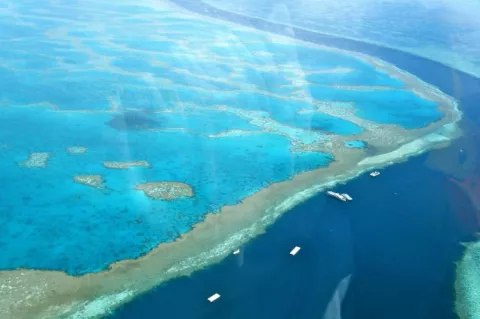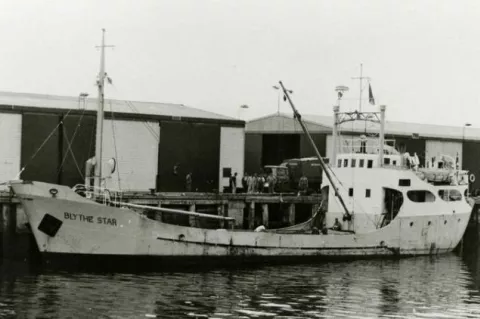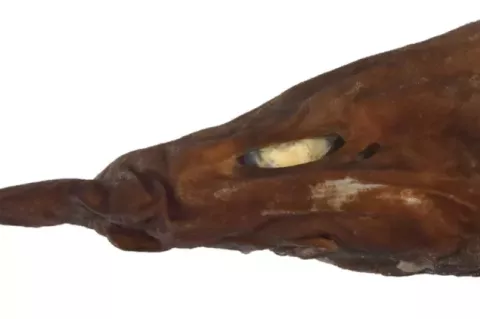Crown-of-thorns starfish lie in wait for corals to recover
It is common knowledge that the crown-of-thorns starfish is the bane of coral reef communities. What is lesser known is that this species does not feed on only corals. Rather, in its juvenile stage, it feeds on algae. Then, as it matures into an adult, it will switch to a diet of corals.
Based on new research reported in the Biology Letters journal, the starfish has the ability to adjust the timing of its dietary change based on the availability of coral in the vicinity.

